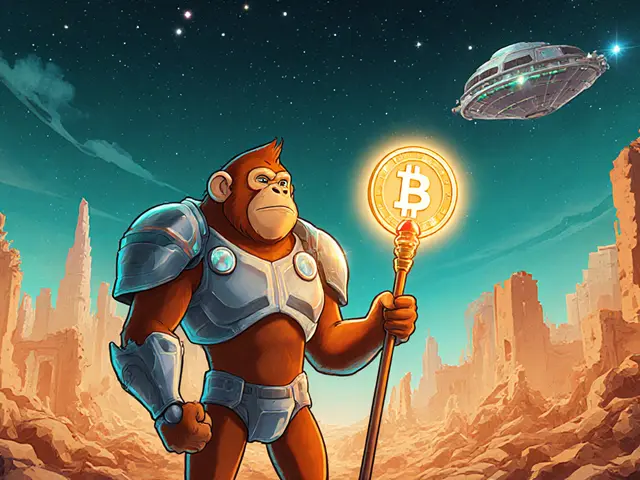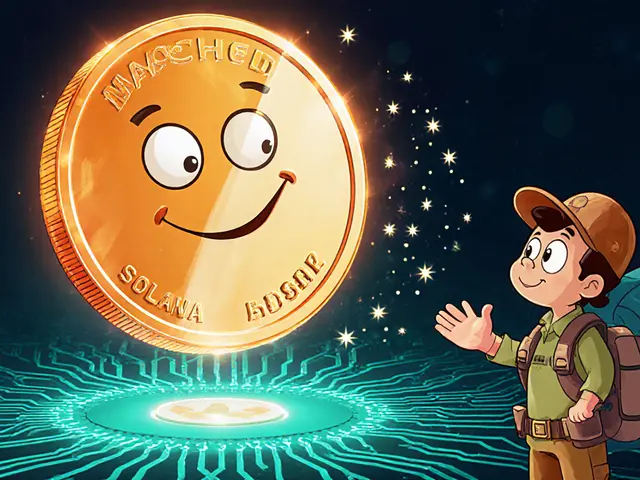Explore how peer discovery powers Bitcoin and Ethereum 2.0 networks, learn the mechanisms, security challenges, and future trends in a clear, step‑by‑step guide.
Ethereum 2.0 – The Upgrade That Changes Everything
When working with Ethereum 2.0, the shift from proof‑of‑work to proof‑of‑stake that aims to boost speed, cut fees, and slash energy use, you’re stepping into a new era of blockchain design. It’s also called Eth2 in many community chats. Alongside the main upgrade, the ecosystem leans on Proof‑of‑Stake, a consensus method where validators lock up ETH to secure the network, the Beacon Chain, the coordination layer that runs the PoS engine and tracks validator activity, and Staking, the process that lets ETH holders earn rewards by supporting the Beacon Chain. Together they form the backbone of the upgrade, while Layer 2 scaling, off‑chain solutions that bundle transactions to increase throughput adds the final layer of performance needed for mass adoption.
Ethereum 2.0 encompasses the Beacon Chain, which acts as the central nervous system for all validator operations. The shift to Proof‑of‑Stake requires validators to lock up a minimum of 32 ETH, turning passive holding into active network security. Staking on Ethereum 2.0 enables token owners to earn weekly rewards, turning their investment into a modest income stream while helping keep the chain safe. This model also reduces the need for power‑hungry mining rigs, making the network greener. Meanwhile, Layer 2 solutions like Optimistic Rollups and ZK‑Rollups complement Ethereum 2.0 by handling most transactions off‑chain and settling final states on the Beacon Chain, thereby increasing transaction speed and lowering fees without sacrificing security.
Why the Upgrade Matters for DeFi, Airdrops, and Exchanges
DeFi protocols are already re‑architecting their smart contracts to run on the PoS engine, because lower gas costs open the door to more complex financial products. Airdrop strategies also evolve; projects can now reward participants directly through staking mechanisms rather than one‑time token drops. Exchange platforms are updating their listings to reflect the new ETH supply dynamics, and many are offering staking services that let users earn rewards without running a validator themselves. The combined effect is a more accessible, cheaper, and environmentally friendly network that attracts both retail users and institutional players. As the ecosystem matures, you’ll see tighter integration between Ethereum 2.0’s core upgrades and the tools that help you trade, earn, and build on the blockchain.
If you’re ready to learn more about Ethereum 2.0, explore the articles below. They cover everything from detailed airdrop guides and exchange reviews to deep‑dive token analyses, giving you practical steps to take advantage of the new landscape.





